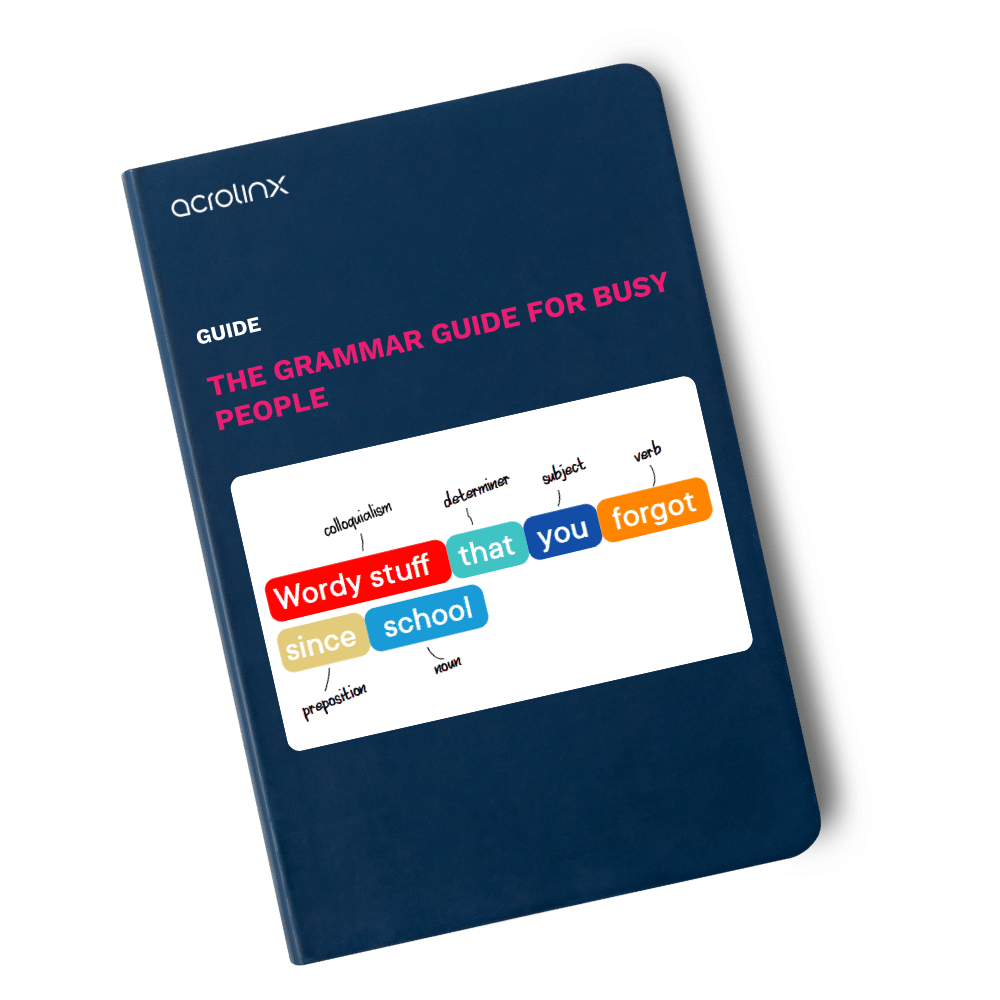
What’s technical writing?
Technical writing involves creating clear, concise, and structured documentation to communicate complex information in various industries.
In technology, technical writers produce user guides, API documentation, and technical specifications. In financial services, they develop compliance documents, policy manuals, and investment reports. In the pharmaceutical and medical device industry, technical writers craft regulatory submissions, patient guides, and scientific reports. In manufacturing, they create assembly instructions, equipment manuals, and safety guidelines.
Overall, technical writing plays a critical role in conveying technical information effectively across diverse sectors, making sure that users and stakeholders can understand and use complex products, processes, and systems.
What are the traits of technical writing?
The traits of technical writing include clarity, precision, and conciseness. Technical writers must be able to convey complex information in a clear and understandable manner, using precise terminology and avoiding unnecessary jargon.
Technical writing also requires attention to detail, organization, and the ability to adapt the writing style to the needs of the audience. Technical writers need strong research skills to gather and interpret technical information accurately. They also need to have the ability to adhere to industry-specific standards, such as regulatory requirements and style guidelines. All of which is essential in technical writing across various sectors.
What’s the purpose of technical writing?
The purpose of technical writing is to make complicated stuff easy to understand! Whether it’s creating user guides for cool tech gadgets, breaking down complex financial information into simple terms, or explaining how to use medical devices without all the confusing jargon, technical writing is all about making information clear and accessible.
It’s like being a language wizard who waves a wand and turns technical mumbo-jumbo into easy instructions that anyone can follow. So, the next time you read a user manual for your new gadget or find a step-by-step guide for assembling something, you can thank those awesome technical writers for making it all make sense!
Tips for technical writing
Even the best technical writers make mistakes when it comes to using “that” or “which” in a sentence. While both are relative pronouns, used to introduce clauses and help avoid overly choppy writing, they’re not interchangeable. (Well, unless you’re writing in British English.) So what’s the story with “that” and “which,” and when and how do you use them correctly?
Technical writing example: That versus which
Just like adverbs and adjectives, relative pronouns modify words. Unlike adverbs and adjectives, however, they typically modify an entire clause, rather than a single word. Whether you use “that” or “which” depends on the nature of the clause you’re modifying.
Use “that” with restrictive clauses.
Restrictive clauses are necessary to help you understand the overall meaning of a sentence. We typically modify them with “that.” For example:
Books that are super-suspenseful are a lot of fun to read.
In our example, “that are super-suspenseful” is a restrictive clause. Remove it, and it’s unclear what types of books you’re referring to, which is essential for understanding the crux of the sentence.
Use “which” with nonrestrictive clauses.
Nonrestrictive clauses are ones that aren’t essential for you to understand the overall meaning of the sentence. You can remove them without really losing too much meaning. We typically modify them with “which.” For example:
Books, which you can increasingly find online, are a great tool for learning.
Removing the nonrestrictive clause “which you can increasingly find online” doesn’t change the fact that the writer is saying that books are great for learning. Rather, this nonrestrictive clause is simply adding extra information that we don’t technically need to grasp the intent of the sentence.
Technical writing tip: The comma trick
If grammar terms like restrictive clauses and relative pronouns make your eyes glaze over, you’re not alone. Here’s a nifty, alternative way to help you use “that” and “which” correctly. If you would naturally put a comma before and after the clause, then it’s a nonrestrictive clause, and you need to use “which.” If, however, you wouldn’t put commas around it, then it’s a restrictive clause and you should use “that.”
Technical writing example: Exceptions to the rule
There are, of course, exceptions to the rule. Many writers will interchange “that” and “which” if repetition becomes an issue. Take, for example, the classic “That which doesn’t kill you makes you stronger.” Technically, it’s incorrect. But, I think you’ll agree, “That that doesn’t kill you makes you stronger,” just sounds wrong.
Head over to the grammar section of our blog for more quick and dirty grammar tips.
More writing tips for technical writers
If you want more helpful grammar tips, make sure to check out the Grammar Guide for Busy People. And to ensure your content is always well written and optimized for success, take a tour of Acrolinx, our AI-powered content governance software. After defining your enterprise content guidelines, our software turns your guidelines into editorial assistance to help your writers create on-brand content. If you like what you see, you can talk with one of our content experts to learn more.
Are you ready to create more content faster?
Schedule a demo to see how content governance and AI guardrails will drastically improve content quality, compliance, and efficiency.
The Acrolinx Team





